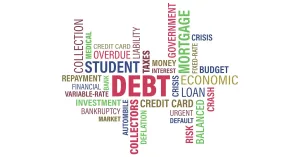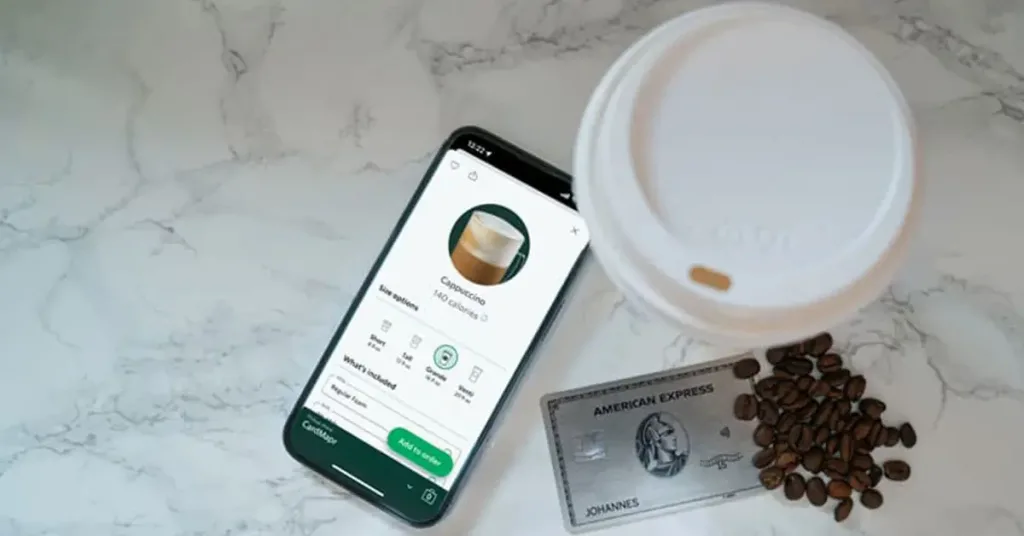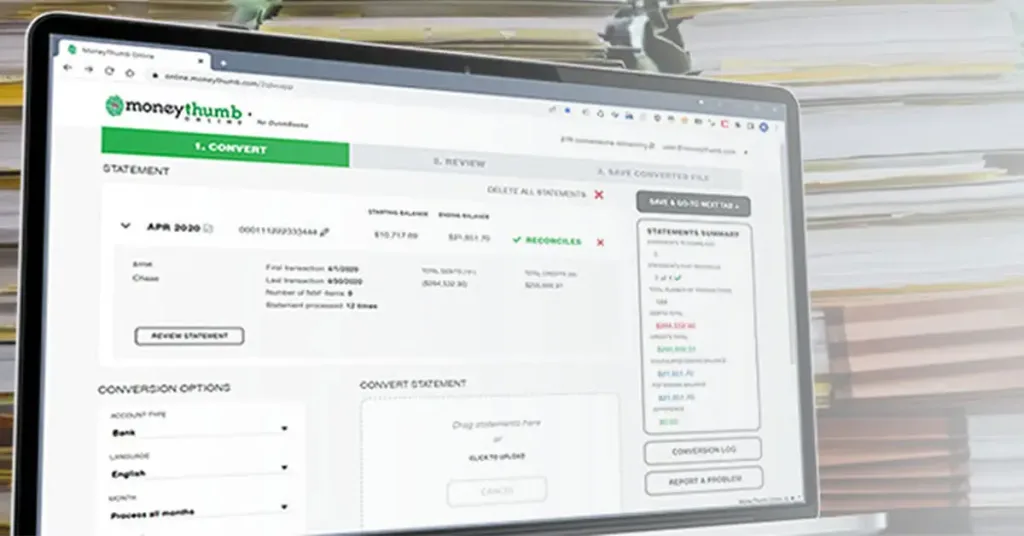Fraud is by no means a modern phenomenon. In fact, for as long as humans have run businesses, sought out success, and put their trust in others, there have been people who’ve taken advantage of these ambitions.
Though the methods of deception fraudsters use evolve alongside cultural and technological developments, it’s surprising just how similar ancient scams are to the ones that have claimed 80 million victims since 2020.
As the saying goes, ‘Those that fail to learn from history are doomed to repeat it.’ With that in mind, let’s take a look at the history of fraud, why specific methods became outdated while others still thrive, and work out how best to protect ourselves from fraudsters, scammers, criminals and cybercriminals alike.
The Ancient Roots of Fraud
Our story begins in 300 B.C., over 2300 years ago, when a notorious fraud attempt took place. Hegestratos and Zenosthemis, a sea merchant and his accomplice, took out a loan known as a bottomry that was secured by their ship and cargo. These loans were commonplace at the time, acting as an insurance policy because they were written off if the ship sank. Of course, Hegestratos and Zenosthemis conspired to deliberately sink their ship and make off with the loan. Unfortunately, Hegestratos was caught during the attempt by the ship’s crew and jumped overboard, never to be seen again. Back on land, the crew outed Zenosthemis, who was tried and found guilty.
Though they achieved infamy that still reigns 24 centuries later, Hegestratos and Zenosthemis were far from the world’s first fraudsters. In ancient Egypt, when workers paid taxes in kind, countless tax collectors were brought to justice for deliberately inflating the weight of their victims’ goods, forcing them to overpay. Similar frauds were carried out by Verres, the governor of Sicily, in 6 A.D., just before the onset of the Roman Empire.
- Common Themes - Those in positions of power will take advantage of it in pursuit of wealth. But, sometimes, the everyday individual may find an exploitable loophole in a system, and launch a fraud to their own benefit.
Takeaways:
- Exploitable Systems Require Vigilance - Even the strongest chain can have a weak link. A consistent and proactive approach to protection is vital if you own a business that stores sensitive data or use several interconnected devices in your home.
- Transparency and Accountability - Even back in the time of ancient empires, checks and balances were in place to expose fraud. Nowadays, though getting your money back might be a little more challenging, you can report fraud to higher powers like the Federal Trade Commission.
The Middle Ages
In the Middle Ages, as social systems changed and hierarchies became more rigid, ordinary people often turned to fraud. One of the best sources we have to explore the types of fraud that took place during this time are what historian Martha Carlin calls ‘Robert Carpenter’s Embezzlement Instructions.’ In these texts, Carpenter explains six ways the peasant farmer can skim from his lord’s profits, notably by selling a lambskin for a penny, then buying two poor-quality lambskins for half a penny each. This way, one could be given to your master while the other is yours to keep.
Religious scams also flourished during the Middle Ages. When scammers weren’t selling fake and stolen relics to churches, wandering pardoners would charge members of the public to absolve them of their sins. This exploitation of spiritual fears and hopes became so widespread that it inspired characters in Geoffrey Chaucer’s The Canterbury Tales.
- Common Themes - Trust and belief, whether in lords or religious authorities, became vulnerabilities that fraudsters were quick to exploit. The power dynamics between the ruling class and ordinary people also fueled deception, as those at the bottom found ways to survive or rebel against inequality.
Takeaways:
- Trust is a Valuable Commodity - Modern fraudsters often impersonate individuals you feel you cannot question because they are influential or experts in their field, simultaneously gaining and exploiting your trust.
- Too Good to be True - The medieval church might have taken to the scammer selling Saint Rosalia's bones, which actually turned out to be from a goat. In the 21st century, however, you’re much better equipped to verify information and turn your back if something seems too good to be true.
The Renaissance
The Renaissance brought the birth of banking and finance, providing ever-more opportunities for fraudsters. As well as the world’s first modern check fraud, this era also saw the ‘original Ponzi scheme’ take place.
In 1711, the South Sea Company offered to buy Britain’s skyrocketing debt in exchange for exclusive rights to trade at South American ports. They balanced this debt not through profit but by selling shares, creating hype for their brand by inflating their importance. So successful was their scheme that, in the space of a year, their share price jumped from about £100 ($125) to almost £1,000 ($1,230) in today’s money. However, in 1720, it came to light that these claims weren’t exactly truthful, especially because the Spanish had a monopoly on South American trade, and the South Sea bubble burst. Many regular investors lost out on their money, while members of parliament who had worked to manipulate the stock price sold their shares early and made off with the profits.
The interest in investing was so intense at this time that it spurred other fraudulent companies to sell shares, including one legendary business with the aim of ‘carrying out an undertaking of great advantage, but nobody to know what it is.’
- Common Themes - Fraudsters often rely on a mix of exaggerated promises, insider manipulation, and public trust to profit at your expense. Additionally, greed and speculative frenzy can distort rational decision-making, leading to financial frauds that disproportionately affect the less powerful.
Takeaways:
- Do Your Research Before Investing - Avoid being persuaded by public hype and excitement through thorough research into the legitimacy of an investment opportunity.
- Beware of Insider Manipulation - Stay cautious of schemes where those promoting an opportunity appear to have inside advantages or the details seem vague and overly optimistic. Transparency is key to a trustworthy investment.
The Industrial Revolution
The Industrial Revolution transformed society and commerce, creating chances for the business-savvy to move up in the world, while allowing fraudsters to take advantage of others at an unprecedented scale.
As money began to truly make the world go round, those who had it were venerated. This is where Gregor MacGregor, an ex-soldier from Scotland, comes in. Though MacGregor did have money through his wives, he wanted more of it. So, he fabricated the fantastical land of Poyais, a potential colony in the Caribbean where hardy highlanders could start a new life. MacGregor was so committed to his scam that he even wrote a book under a pseudonym espousing the benefits of a life on Poyais to potential investors. After extracting $438.5 billion from his investors, the first boats of 250 people set sail, only to find that Poyais had never existed. He escaped to France, where he ran the whole scheme again, before finally being thrown in jail.
Selling something undesirable disguised as something appealing was a common fraud tactic at this time. As well as dog, horse, and even rat being branded as pork and beef, scammers would sell candy sweetened not with sugar but lead. But, since scarcity was a common problem, food fraudsters had no problem attracting customers. Margarine, for example, was initially dyed yellow to convince buyers it was butter, and it was so popular that it led to the passing of the Butter Act in 1886.
- Common Themes - Innovation often enables exploitation. Fraudsters capitalized on rapid societal changes, manipulating new systems and products as well as unregulated markets to deceive both investors and consumers.
Takeaways:
- Stay Informed About Emerging Trends - Just as innovations were manipulated in the 19th century, modern developments like cryptocurrency or AI can be used in fraud. Understanding new systems can help you spot red flags and protect yourself.
- Be Wary of Emotional Appeals - Fraudsters in the 19th century played on people’s dreams of wealth or survival during scarcity, just as modern scams may prey on desires for financial security and better opportunities. Take the necessary time to think critically, and avoid making decisions under pressure.
Modern Fraud
The 20th century saw some of the biggest scams to date. Financial and investor scams gained ground, including the aforementioned Ponzi scheme that took place in 1920, in which Charles Ponzi paid early investors with funds from later investors.
This era also saw some well-known frauds, such as identity theft, lottery scams, and romance scams emerge. For example, we’re all familiar with the Nigerian Prince scam, and many of us have received this spam email ourselves. But did you know that this fraud attempt first appeared back in 1910? The Spanish Prisoner Swindle, as it was then known, saw individuals receiving a letter from an imprisoned Spanish lord who would pay out huge sums of money, if only he received enough cash from his potential victim to bribe his way out of jail.
Many common frauds gained further ground with the 20th century’s biggest advancement: the internet. Instead of the fantastical island of Poyais, fake listings on eCommerce sites now steal money from genuine customers. Ponzi schemes turned into multi-level marketing schemes, in which participants are promised significant financial returns for recruiting others into the program, rather than from actual product sales. And, of course, our beloved Spanish Prisoner inspired the Nigerian Prince advanced-fee scam, as well as phishing emails that lure victims into divulging sensitive information or making payments under false pretenses.
- Common Themes - Fraud in the modern era highlights the ongoing relationship between rapid advancements and opportunities for exploitation. As new systems emerge, they often outpace the safeguards needed to protect individuals, leaving room for deception.
Takeaways:
- Fraud Is Constantly Evolving - Just as scams adapted to the rise of the internet, fraud will continue to change. Staying vigilant and adaptable is essential, as today’s tools of convenience can become tomorrow’s tools of exploitation.
- Education is Protection - Though many fraud attempts appear new, they are simply more sophisticated versions of tried-and-tested scams. Reading up on these historical instances can help you spot common warning signs and stay safe.
In Conclusion…
In many ways, the history of fraud is proof of human ingenuity, both in the creation of schemes and the development of safeguards to defend against them. From ancient forgeries to modern cybercrime, fraud has continually evolved alongside changes in technology and human behavior.
While modern frauds like lottery scams, investment fraud, romance scams, elder fraud, and cybercrime are more complex than ever, they all rely on a few timeless elements like trust and emotional manipulation. Understanding these common themes is vital if you want to protect yourself and your loved ones. Good news — by reaching the end of this article, you’re already well on your way to doing just that.
Sources and Resources
- https://www.experian.co.uk/blogs/latest-thinking/fraud-prevention/5-of-the-most-remarkable-instances-in-the-history-of-fraud/
- https://vyongewa.medium.com/middle-ages-the-golden-age-of-fraud-f2907125e483
- https://www.trulioo.com/blog/fraud-prevention/history-fraud
- https://www.bbc.co.uk/bitesize/guides/zn9sn9q/revision/2
- https://www.historic-uk.com/HistoryUK/HistoryofEngland/South-Sea-Bubble/
- https://www.thermofisher.com/blog/food/a-history-of-food-fraud/




















Add comment